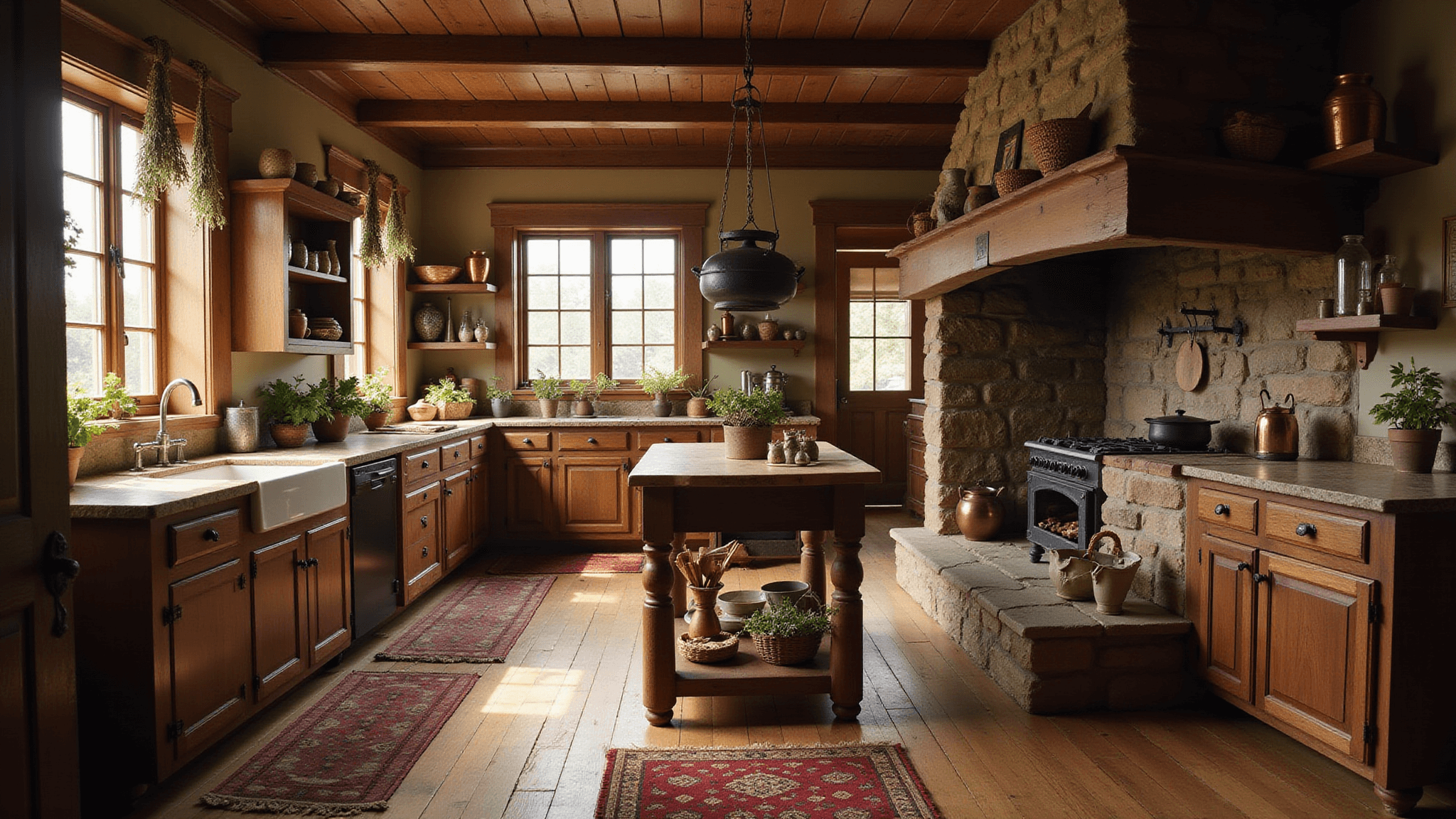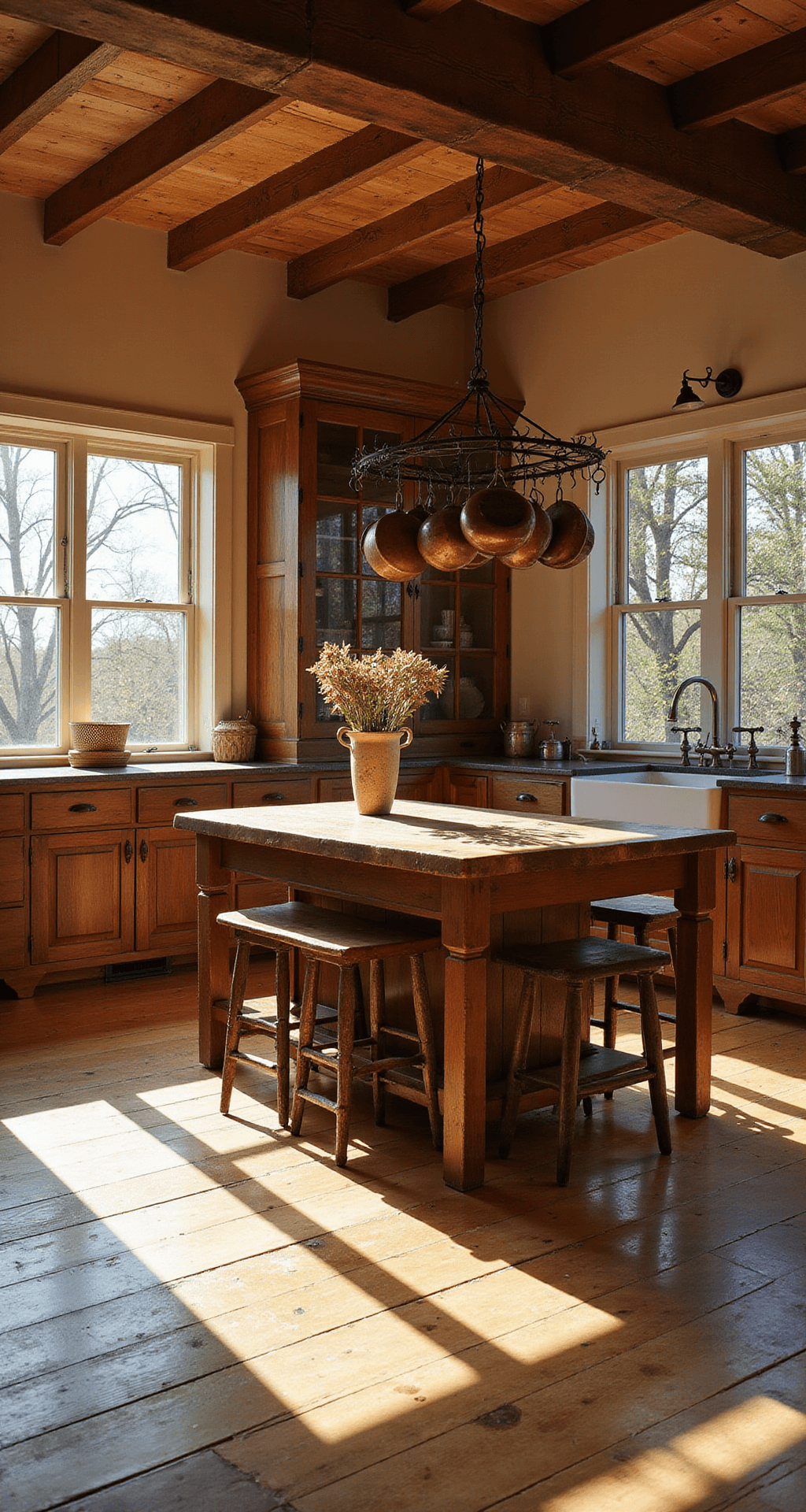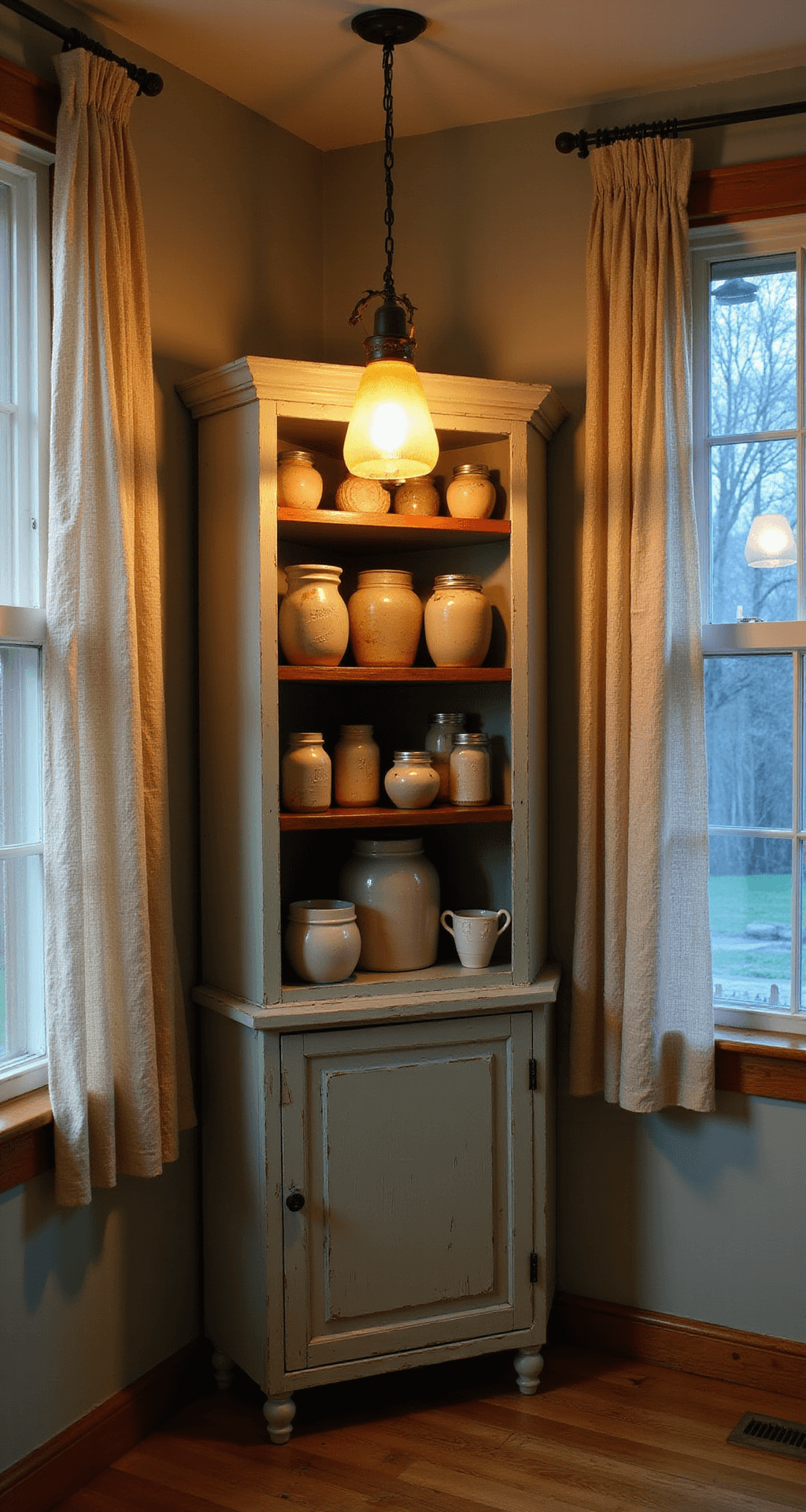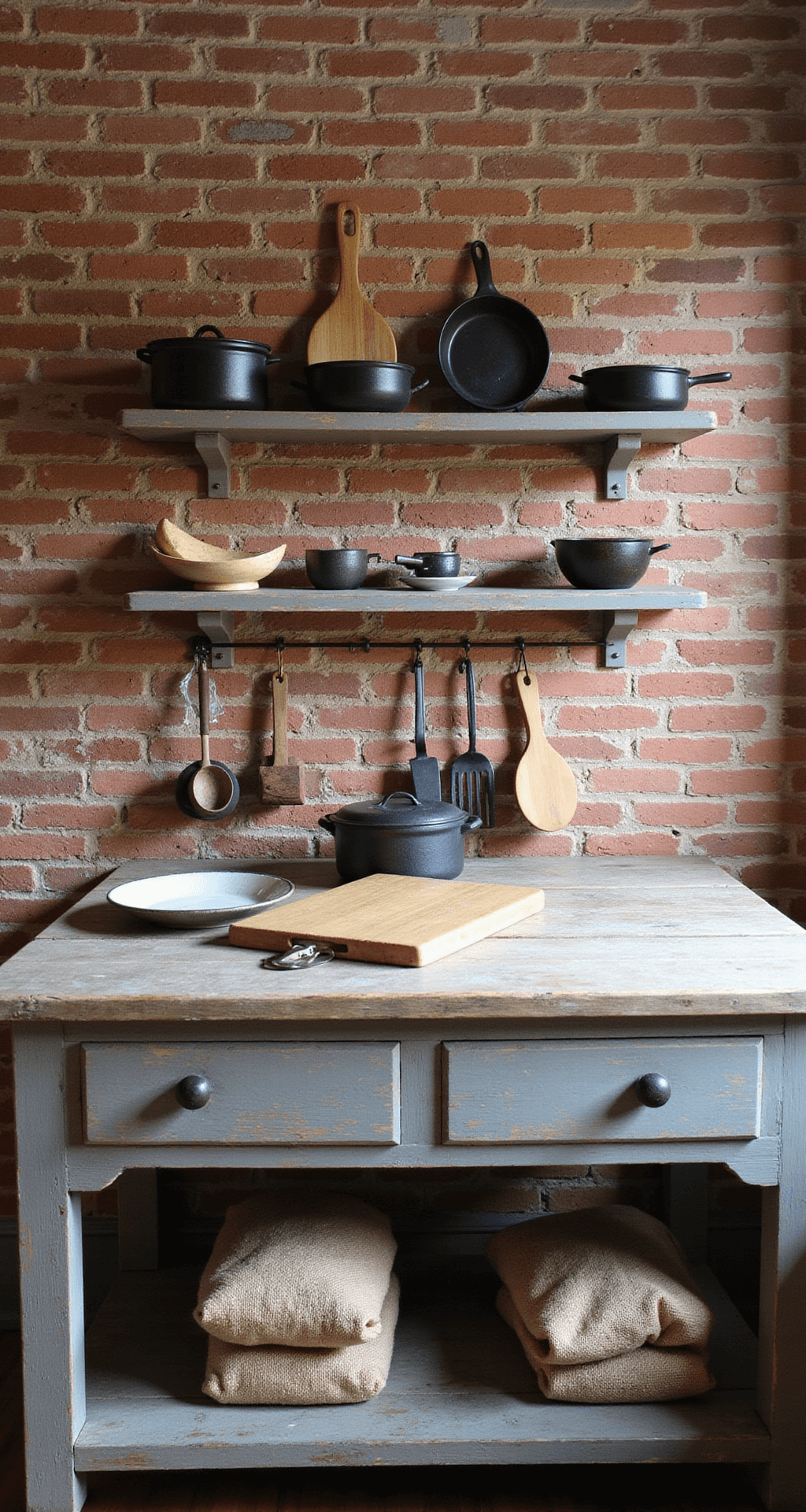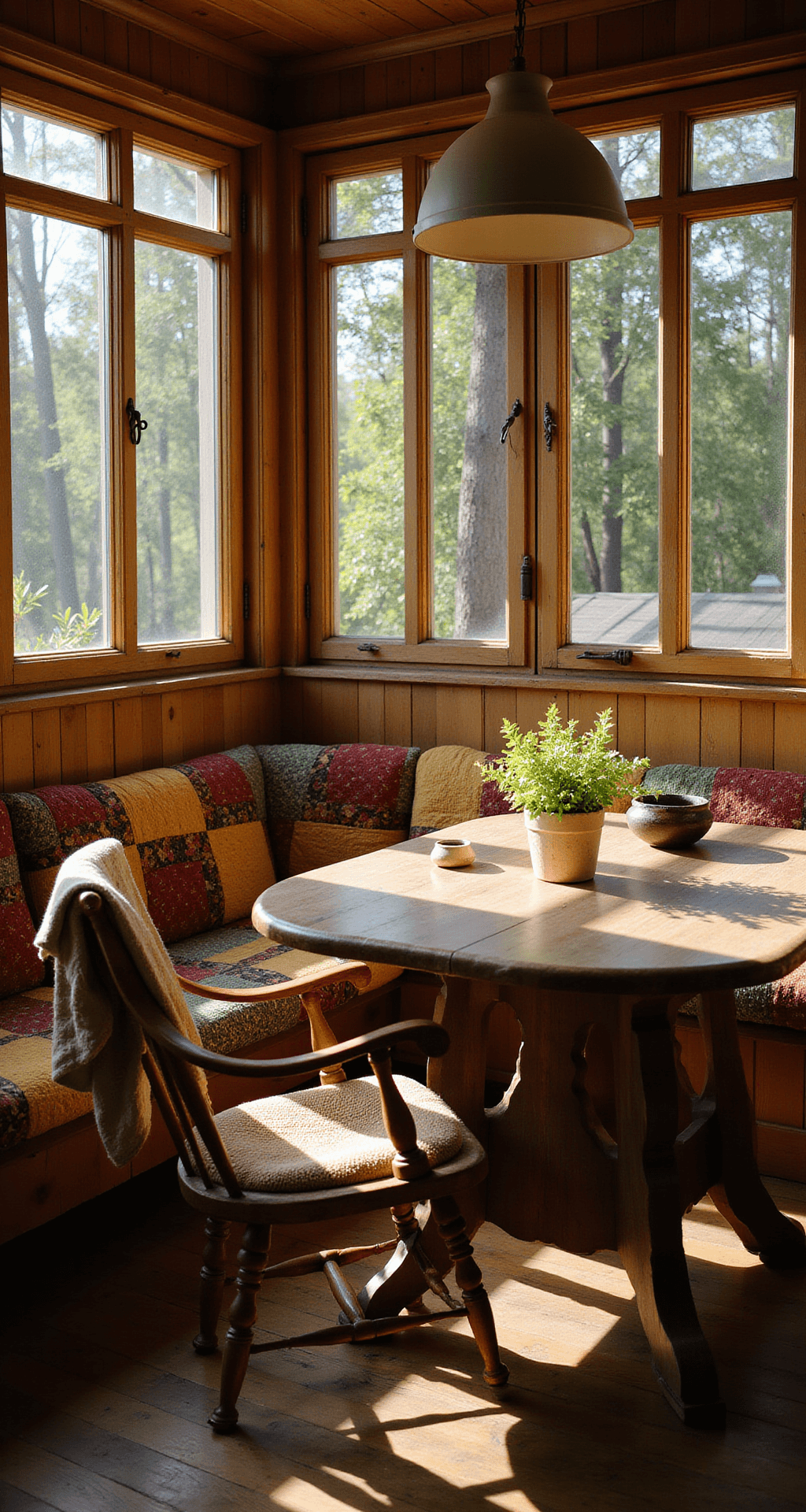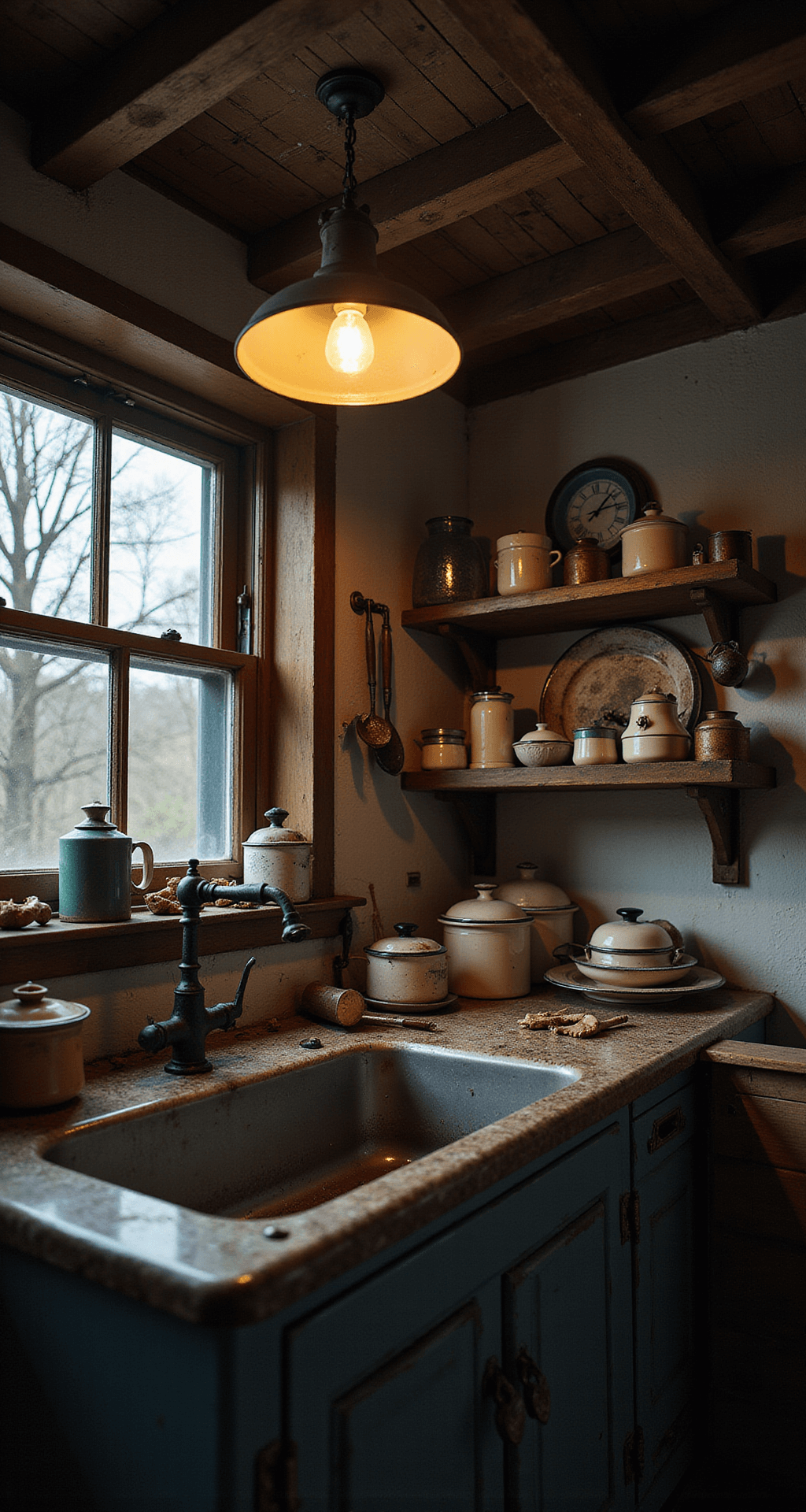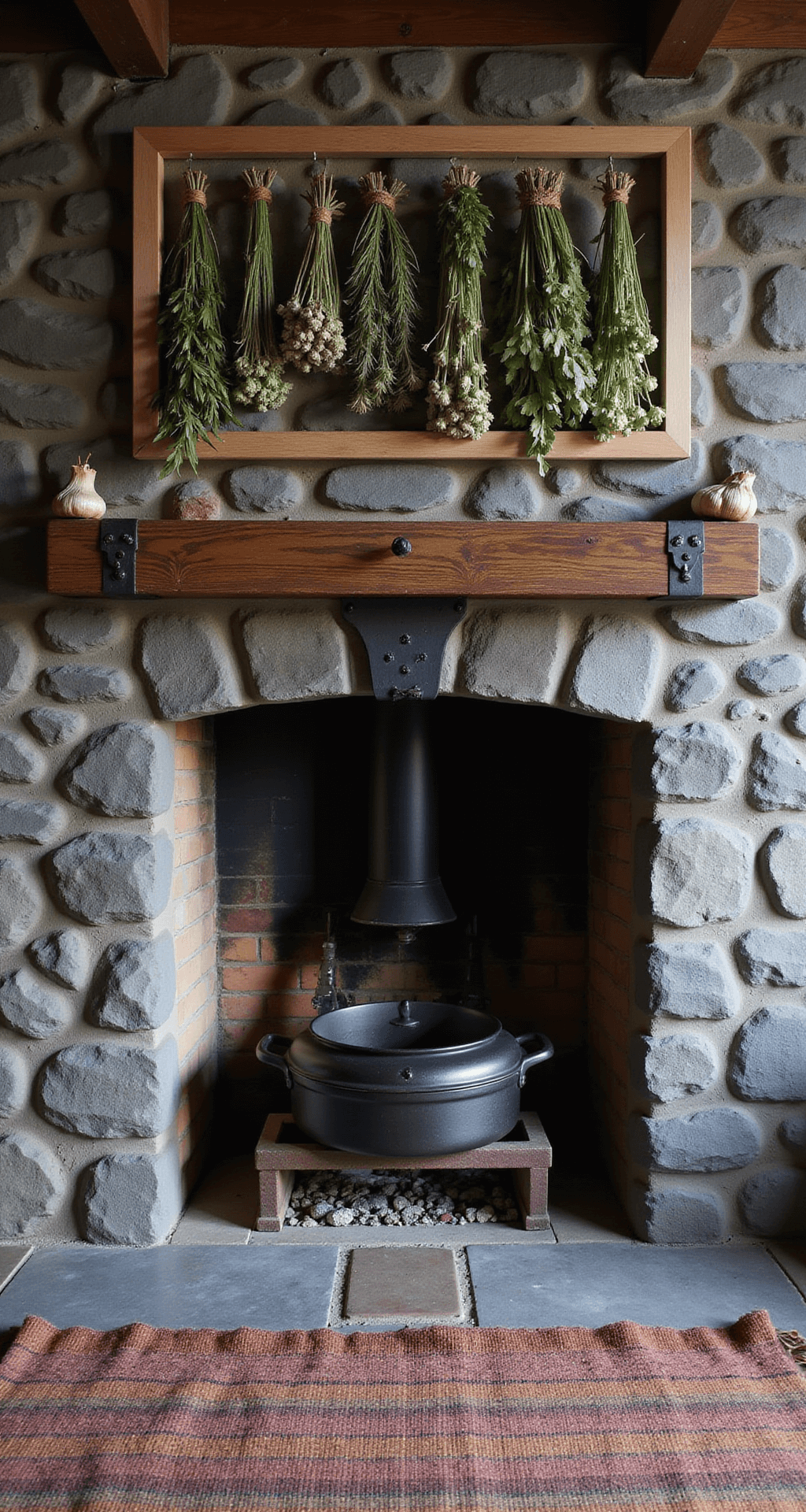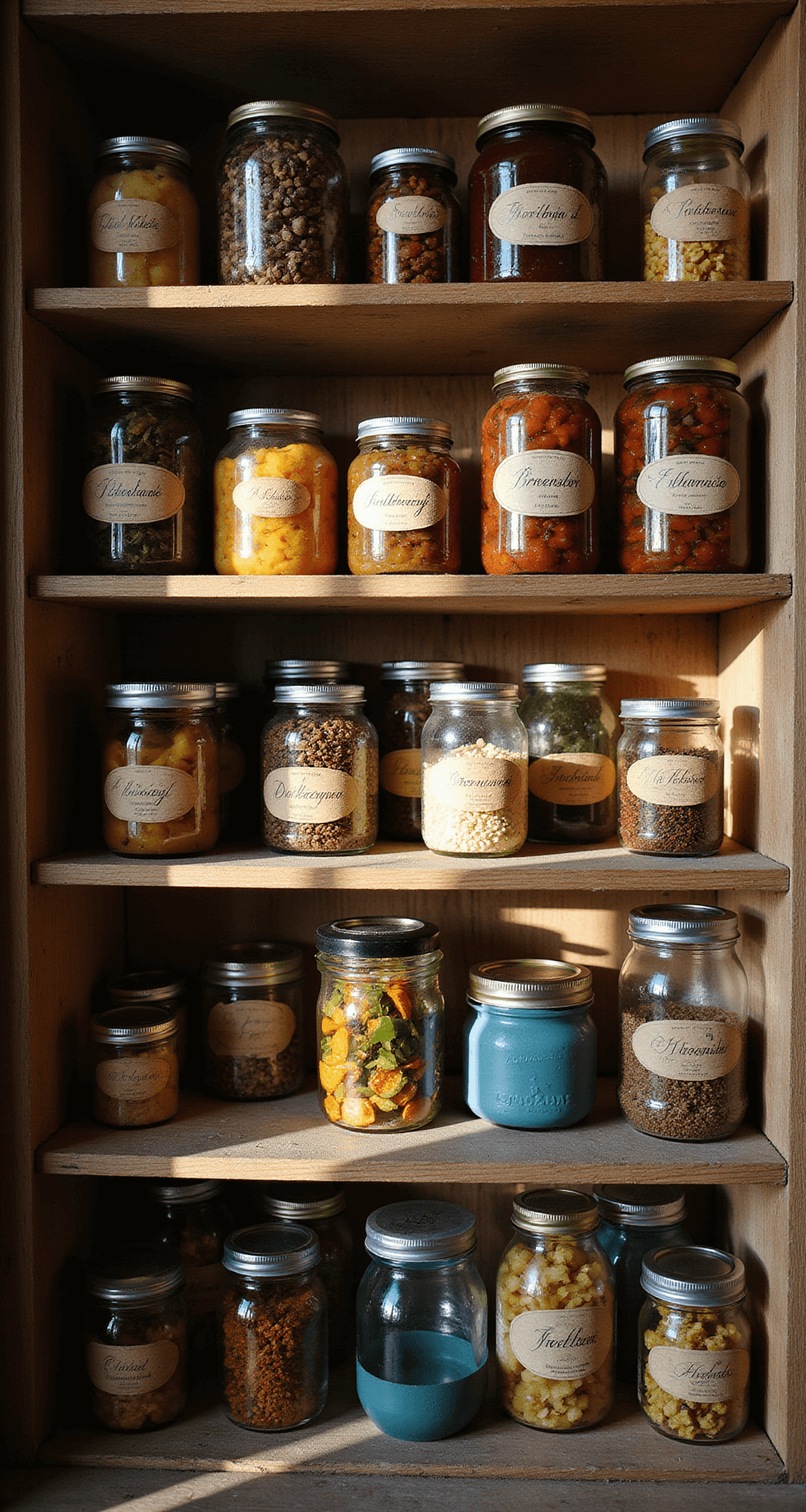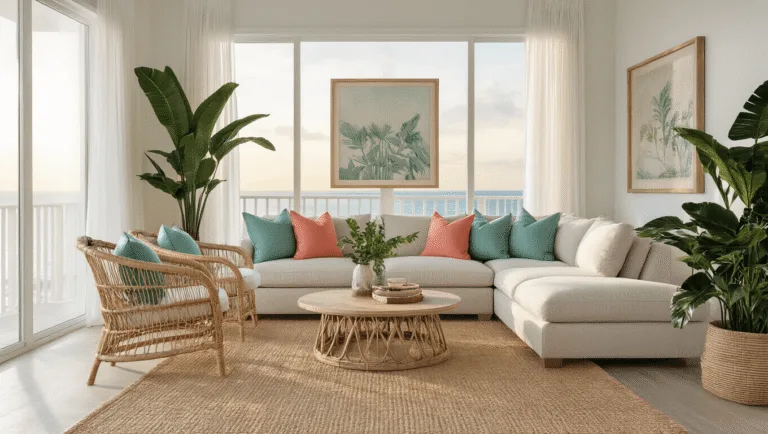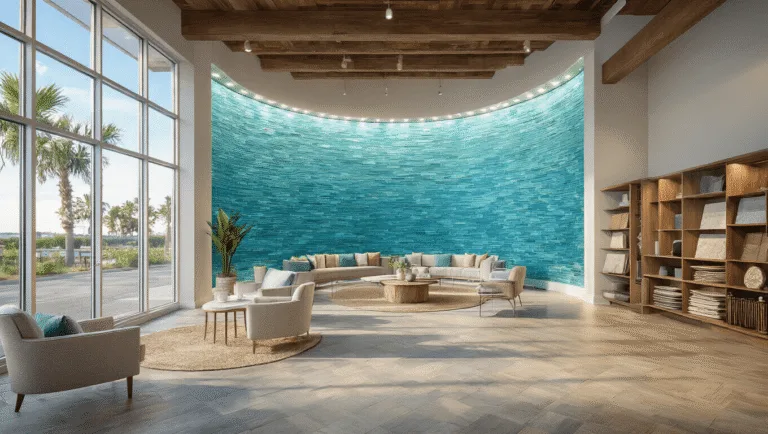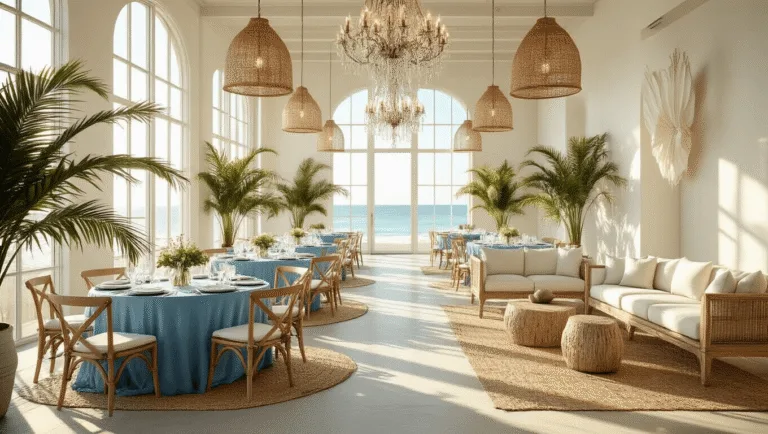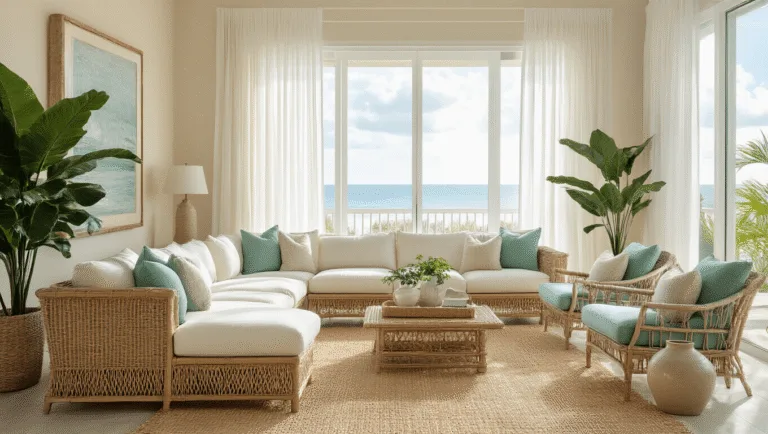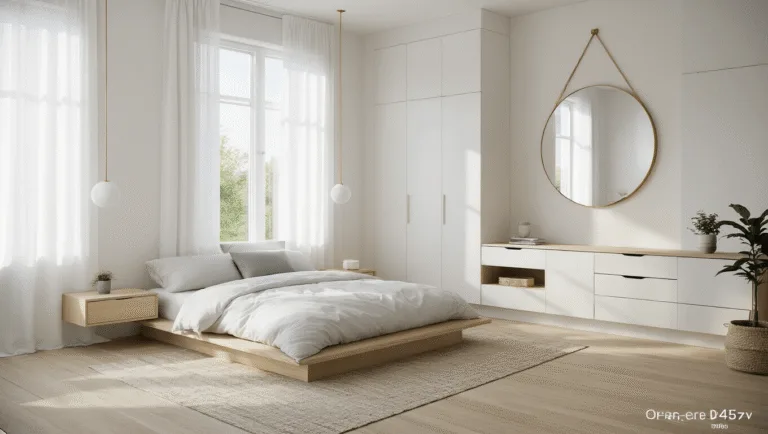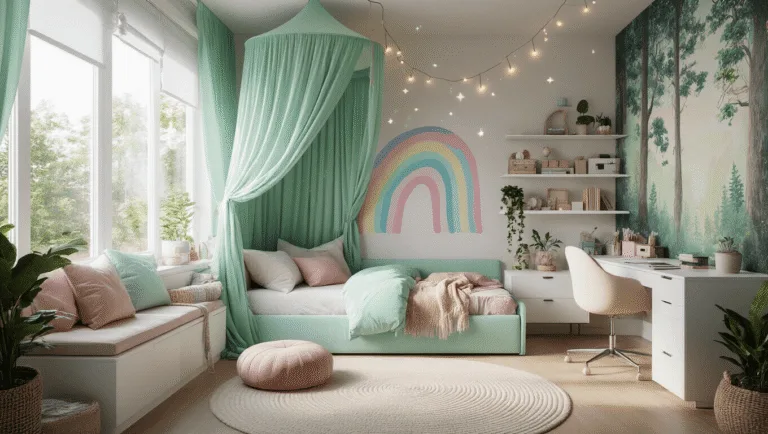This post may contain affiliate links. Please see my disclosure policy for details.
Primitive Kitchen Design: Embracing Rustic Americana Charm
Contents
- Primitive Kitchen Design: Embracing Rustic Americana Charm
- What Makes a Primitive Kitchen Unique?
- The Essential Color Palette: Earthy and Authentic
- Materials That Define the Primitive Kitchen
- Functional Decor: Beauty Meets Utility
- Furniture Selection: Embracing Rustic Simplicity
- Styling Your Primitive Kitchen: Expert Techniques
- Common Mistakes to Avoid
- Budget-Friendly Primitive Kitchen Tips
- Final Thoughts: Your Kitchen, Your Story
Imagine walking into a kitchen that whispers stories of generations past, where every wooden surface and vintage tool tells a tale of simplicity and authenticity. Welcome to the world of primitive kitchen design.
What Makes a Primitive Kitchen Unique?
Primitive kitchen design isn’t just a style – it’s a celebration of historical simplicity and handcrafted beauty. This design approach goes beyond mere decoration, creating spaces that feel deeply connected to America’s rural heritage.
Core Characteristics of Primitive Kitchen Style
Key Design Elements:
- Celebrates handcrafted, imperfect beauty
- Prioritizes natural materials and traditional craftsmanship
- Focuses on functional, no-frills design
- Embraces vintage and antique elements
- Creates a warm, nostalgic atmosphere
The Essential Color Palette: Earthy and Authentic
Colors in a primitive kitchen aren’t just visual – they’re emotional storytellers:
- Warm Browns: Reminiscent of aged wood and leather
- Deep Reds: Capturing the warmth of traditional farmhouses
- Forest Greens: Bringing natural elements indoors
- Mustard Yellows: Adding cheerful, vintage vibrancy
- Sage: Introducing a calming, natural touch
Materials That Define the Primitive Kitchen
Authentic Materials Include:
- Solid, distressed wood
- Hand-forged metals
- Natural textiles like:
- Wool
- Jute
- Cotton
- Linen
- Handwoven fabrics with traditional patterns
Functional Decor: Beauty Meets Utility
Primitive kitchens blur the line between decoration and function. Every item tells a story:
- Vintage mason jars for storage
- Wooden utensils displayed proudly
- Antique metal containers
- Stoneware crocks
- Hand-carved wooden bowls
Pro Tip: Authenticity is Key
Don’t buy matching sets. Collect pieces that feel like they’ve been gathered over generations.
Furniture Selection: Embracing Rustic Simplicity
Must-Have Primitive Kitchen Furniture:
- Distressed wooden cabinets
- Baker’s racks with character
- Wooden islands with simple lines
- Corner shelving units
- Vintage metal fixtures
Styling Your Primitive Kitchen: Expert Techniques
- Layer Textures Thoughtfully
- Mix wood grains
- Combine different fabric weights
- Create visual depth
- Embrace Imperfection
- Choose pieces with natural wear
- Value handmade over mass-produced
- Celebrate unique character
- Curate Personal Collections
- Display family heirlooms
- Create meaningful vignettes
- Tell your personal story through design
Common Mistakes to Avoid
- Over-styling and losing authenticity
- Using too many modern elements
- Purchasing everything new
- Ignoring functionality for aesthetics
Budget-Friendly Primitive Kitchen Tips
- Explore antique stores and flea markets
- Refinish existing furniture
- Learn basic restoration techniques
- Shop secondhand platforms
- DIY simple decor elements
Final Thoughts: Your Kitchen, Your Story
A primitive kitchen is more than a design choice – it’s a tribute to craftsmanship, simplicity, and historical beauty. By thoughtfully selecting pieces that resonate with you, you’ll create a space that feels both timeless and personal.
Ready to start your primitive kitchen transformation? Remember, authenticity is your greatest design tool.


